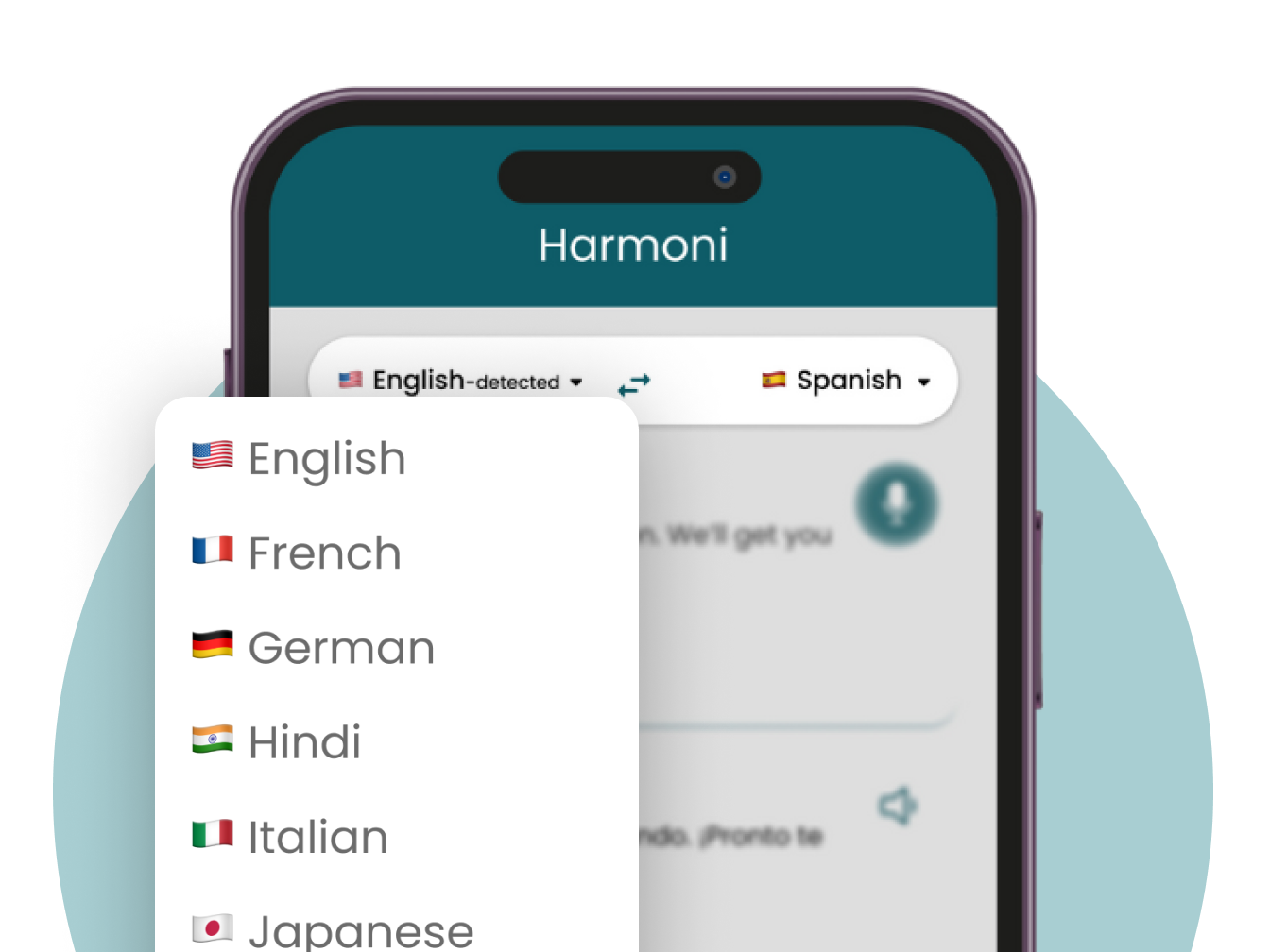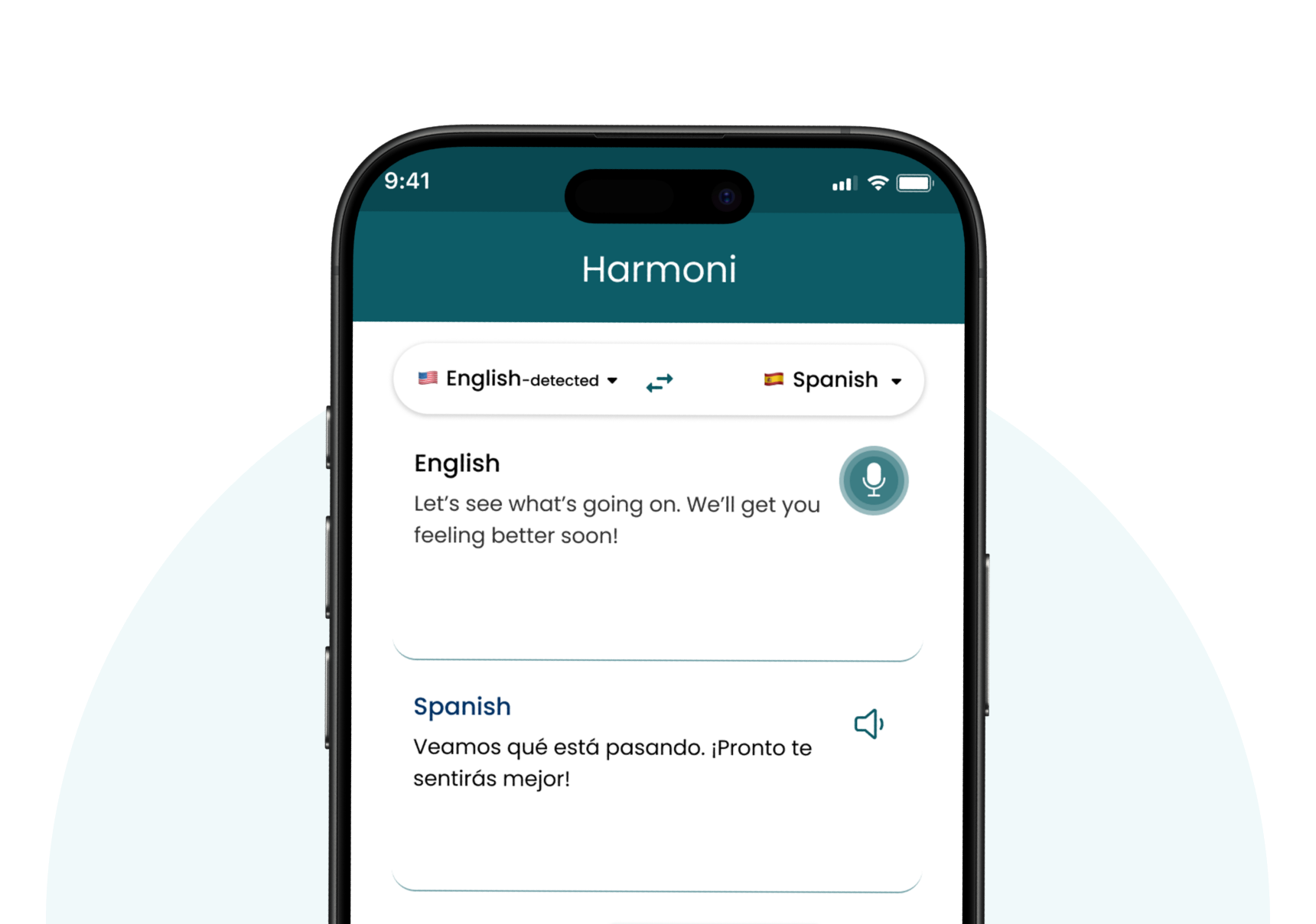
Discover expert guidance on breaking language barriers and enhancing patient communication in healthcare.
Introduction
As the Spanish-speaking population continues to grow, so does the need for effective communication in healthcare. For primary care providers, bridging the language gap is essential to delivering high-quality care and improving patient outcomes. With Spanish being one of the most spoken languages in the U.S., medical translation services tailored to Spanish-speaking patients have become a cornerstone of patient-centered care.
In this blog, we’ll explore the growing demand for Spanish translation in primary care, its impact on patient outcomes, and how healthcare providers can leverage translation services to meet these needs.
Spanish translation services in primary care are no longer optional—they’re a necessity. Here’s why they’re so important:
Clear communication ensures patients understand their diagnoses, treatment plans, and medications.
Effective translations reduce the risk of miscommunication, leading to better adherence to care plans and follow-ups.
Translation services tailored to Spanish-speaking patients account for cultural nuances, fostering trust and comfort.
By incorporating Spanish translation services, clinics can better serve a diverse patient population and reduce health disparities.
According to the U.S. Census Bureau, more than 41 million people in the U.S. speak Spanish at home. For primary care providers, this demographic shift underscores the importance of Spanish translation services to meet the needs of these patients effectively.
Language barriers can lead to:
• Misdiagnoses due to misunderstood symptoms.
• Non-adherence to treatment plans.
• Lower patient satisfaction and trust.
Spanish translation services mitigate these issues by ensuring
clear and accurate communication between providers and patients.
Patients are more likely to return to a clinic where they feel understood and valued. Offering Spanish translation services demonstrates a commitment to inclusivity and quality care, boosting patient satisfaction and loyalty.
Effective translations ensure providers fully understand patient symptoms and medical histories, leading to accurate diagnoses and appropriate treatments.
Translated instructions help patients take medications correctly, reducing the risk of complications.
Translation services simplify scheduling and follow-up processes, ensuring patients don’t miss critical healthcare visits.
Professional medical translation services are key to addressing language barriers in primary care. Here’s what to look for:
Ensure translators are certified and experienced in medical terminology.
Choose services that account for cultural nuances, ensuring messages resonate with Spanish-speaking patients.
Protect patient privacy with services that adhere to HIPAA standards.

Harmoni’s HIPAA-compliant medical translation services deliver accurate and culturally aware Spanish translations, improving communication and patient outcomes in primary care.
Partner with HarmoniBreaking language barriers is essential for delivering equitable healthcare. Spanish translation services in primary care not only improve communication but also enhance patient outcomes, satisfaction, and trust.
Harmoni’s professional medical translation services provide the expertise and cultural sensitivity needed to effectively serve Spanish-speaking patients. Partner with Harmoni today and make your primary care practice accessible to all.
Try our Medical Translation Service free for 10 minutes—no credit card required!
